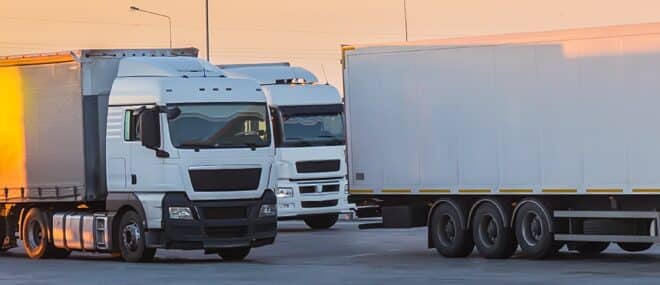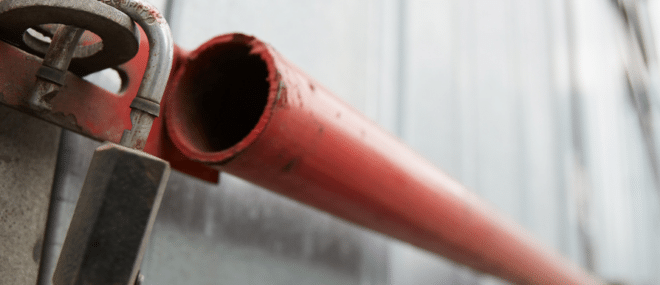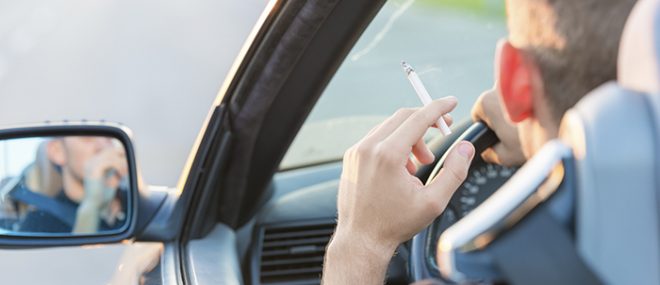It doesn’t take an overly active imagination to picture the damage a fully loaded tractor-trailer weighing over 35,000 kg has the potential to cause.
That can be the obvious physical damage to the equipment itself—which is becoming increasingly expensive to repair as more technology is added to modern vehicles—or to the freight being hauled. It can also be reputational damage resulting from unwanted marks to government safety ratings, which are referenced regularly by those who hire fleets in the first place.
And then there are the costly lawsuits and accident benefits if anyone is injured. Under Ontario’s “loss transfer” rules, insurers of large at-fault vehicles (above 4,500 kg) need to reimburse the insurers of smaller personal vehicles. Additionally, a recent Ontario Court of Appeal decision, known as Pastore v. Aviva Canada, has effectively lowered the threshold for a “catastrophic” impairment under the Statutory Accident Benefits Schedule (SABS). Claimants can now qualify for greater catastrophic impairment benefits when they’re found to have a mental or behavioural impairment that significantly impedes or precludes normal function in just one of four possible categories: daily living; social functioning; concentration, persistence and pace; or deterioration in a work setting. This decision will inevitably lead to increased claims costs and increased exposure for your customers.
For your clients in the transportation industry, all this risk is a regular cost of doing business, but a cost they have the ability to control if they know what to do. To help prepare your clients for the perils of the road, we’ve assembled a list of the most common claims types in this segment and some strategies to help prevent them.
The Top 10 transportation-related claims:
1) Sideswiped vehicles
Collisions involving sideswiped vehicles have been the most frequent transportation-related claims at Northbridge Insurance for three consecutive years. No other contributing factor even comes close.
A surprisingly simple yet effective solution to this risk is properly adjusted mirrors. After all, poorly adjusted mirrors can offer drivers a clear view of their trailer or the sky instead of surrounding traffic.
Several companies have addressed this issue by setting up mirror adjustment stations in fleet yards. Once reference marks are made on a wall and the surface of the parking lot, every driver can easily and accurately adjust their mirrors. Industry courses on mirror adjustment are also available.
Equipment upgrades can also help. Fender-mounted mirrors offer a wider, fish-eye view of surrounding lanes, while advanced technologies like collision avoidance systems will sound an alarm if a hazard has entered a turning truck’s blind spot.
2) Rear-end collisions
A heavy vehicle will always need more room to stop than a family car. In fact, the stopping distances can be as long as 620 feet, accounting for the time it takes a driver to react after seeing an obstacle and the work of the brakes themselves. That’s more than double the distance it takes a family car to stop.
Some drivers may feel overly secure about their stopping abilities now that trucks have antilock braking systems (ABS) or can be equipped with optional disc brakes, which are less prone to fading than traditional drum designs. These advances are helpful, but the best protection comes from proper defensive driving techniques that ensure drivers are always aware of everything going on around them.
Technology can offer another form of support. Vehicle telematics, which track a vehicle’s every move, can also identify high-risk drivers who are involved in more than their fair share of hard-braking events, enabling management to target those individuals with proactive training.
3) Single-vehicle rollovers
One of the biggest risks to truck drivers comes in the form of single-vehicle rollovers, and many of these situations can be linked to driver fatigue. As a driver’s attention begins to fade, the vehicle drifts out of its lane and onto the soft shoulder of the road, where it begins to roll. Another common scenario is a rollover at a highway on- or off-ramp, usually the result of speed.
Fleet operators can help to reduce these risks by introducing comprehensive fatigue management programs, which look beyond the need to comply with hours-of-service regulations, and find ways to help drivers remain alert at the wheel.
Vehicle options such as electronic stability control systems will even use sensors to monitor motion, and if needed will automatically apply the engine’s power and specific brakes to bring a vehicle under control before a rollover occurs.
4) Backing into vehicles or property
Backing up a 53-foot trailer is a bit of an art form, particularly given the limited visibility offered by West Coast (or side view) mirrors. Throw in unfamiliar territory, such as a new customer’s loading dock, and it becomes even more challenging.
Drivers can avoid surrounding hazards by familiarizing themselves with an area when first pulling into a yard and when they leave.
When it comes to a company’s own fleet yard, a little reflective paint and warning signs go a long way to making hazards more clearly visible, while some frequently hit items can be moved altogether.
Another option is to alter the routes that drivers follow through the fleet yard if common problems are identified.
5) Rear-ended by other vehicles
As big and obvious as a truck or bus may be, trailing motorists still collide with them. These collisions are often linked to motorists who follow too closely, or approach too quickly.
It’s important to take steps to be as visible as possible. The drivers of slow-moving vehicles can be encouraged to apply hazard lights to signal they are not travelling at the speed of most other traffic. For trailers that may not be as well lit as the cab of a truck, extra conspicuity tape, lights and other reflective material will help ensure they are easily spotted.
6) Animal strikes
In 2003 (the latest year from which Transport Canada has figures) there were nearly 40,000 animal–vehicle collisions in Canada. Fleet safety managers will debate whether a collision with a moose is a preventable incident or not.
Either way, one equipment choice can help to reduce related damage: reinforced bumpers known as “roo bars” can mean the difference between cosmetic repairs and the complete loss of a vehicle.
7) Struck while parked
The parking lot of a truck stop can be transformed into a real-life game of bumper cars as drivers look to squeeze into tight spaces.
Fleet orientation programs offer a great opportunity to encourage drivers to park several rows away from any active traffic lanes. Not only will the parking spots be quieter, offering a more restful place to sleep, but the added distance encourages a healthy walk into the truck stop itself. Both situations assist in driver fatigue management.
8) Intersection left turns
Every left turn through an intersection is a matter of timing, and many collisions occur when drivers race toward a stale green or yellow light.
Defensive driving programs can encourage drivers to make better decisions, and be more cautious if they approach an intersection where the traffic signal has been green for an extended period of time.
9) Intersection right turns
Tractor-trailers need to swing slightly left before making a right turn at a tight intersection. But those who pull too far to the left can leave room for a car driver to squeeze up the right side of the vehicle.
This risk can be addressed through defensive driving courses that promote tighter turns, and proper mirror adjustments that help spot the threats coming up on the right side of the trailer.
10) Spoiled and rotting cargo
One of the most common causes of cargo-related claims involves malfunctioning reefers, or refrigerated units. When this happens, delicate cargo can spoil quickly.
Avoiding disaster starts with proper maintenance of the unit, while personnel trained in the nuances of specific loads will also know whether they should question the temperatures requested on a bill of lading. On the road, coaching drivers to keep a close eye on monitoring equipment is a simple but critical tool in prevention. Meanwhile, back at the office, dispatchers equipped with satellite technology can monitor, check and adjust temperatures.
In transportation, an ounce of prevention can be worth much more than a pound of cure. Collectively, actions like these will help ensure your transportation clients avoid these common and costly claims, improving their loss ratios and the total cost of insurance.
The loss control groups at your carriers are a good resource for you to tap in order to learn more about available support and resources to reduce the risks associated with these and other transportation claims types.
Dave DeKuyper is executive vice-president of market management with Northbridge Insurance.
Click here to download a PDF version of this article



